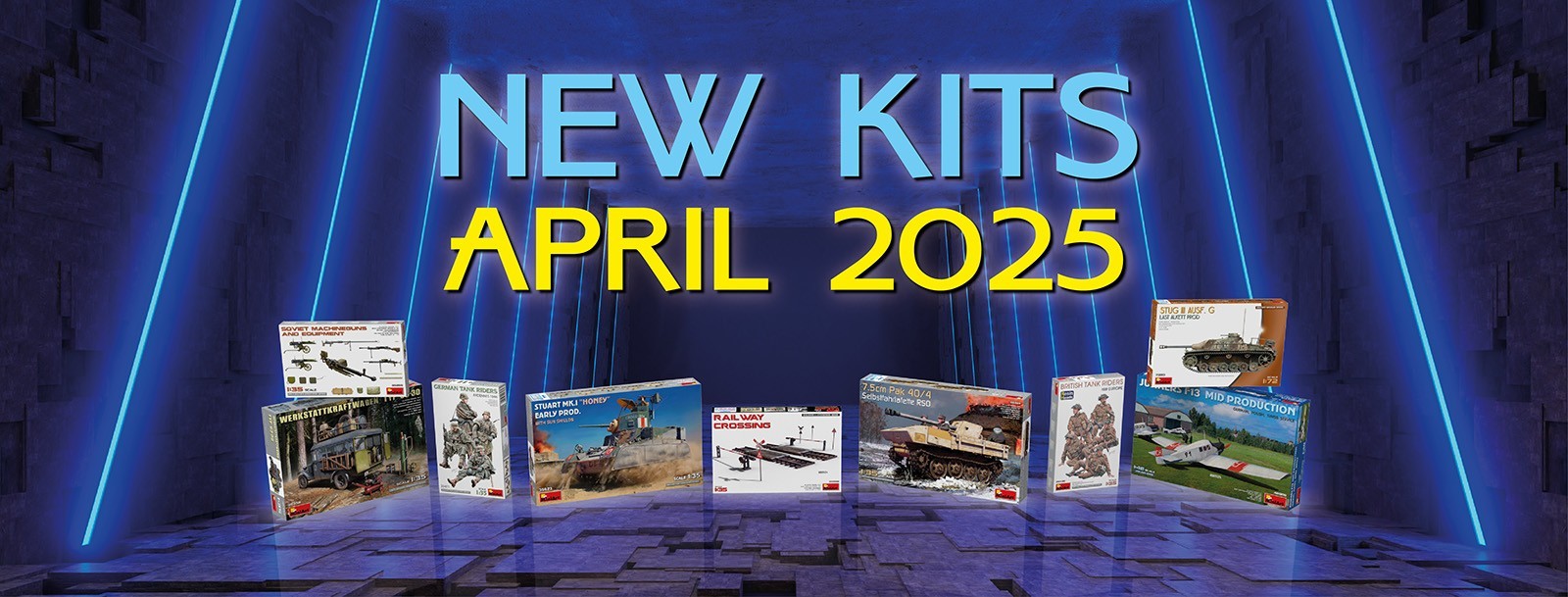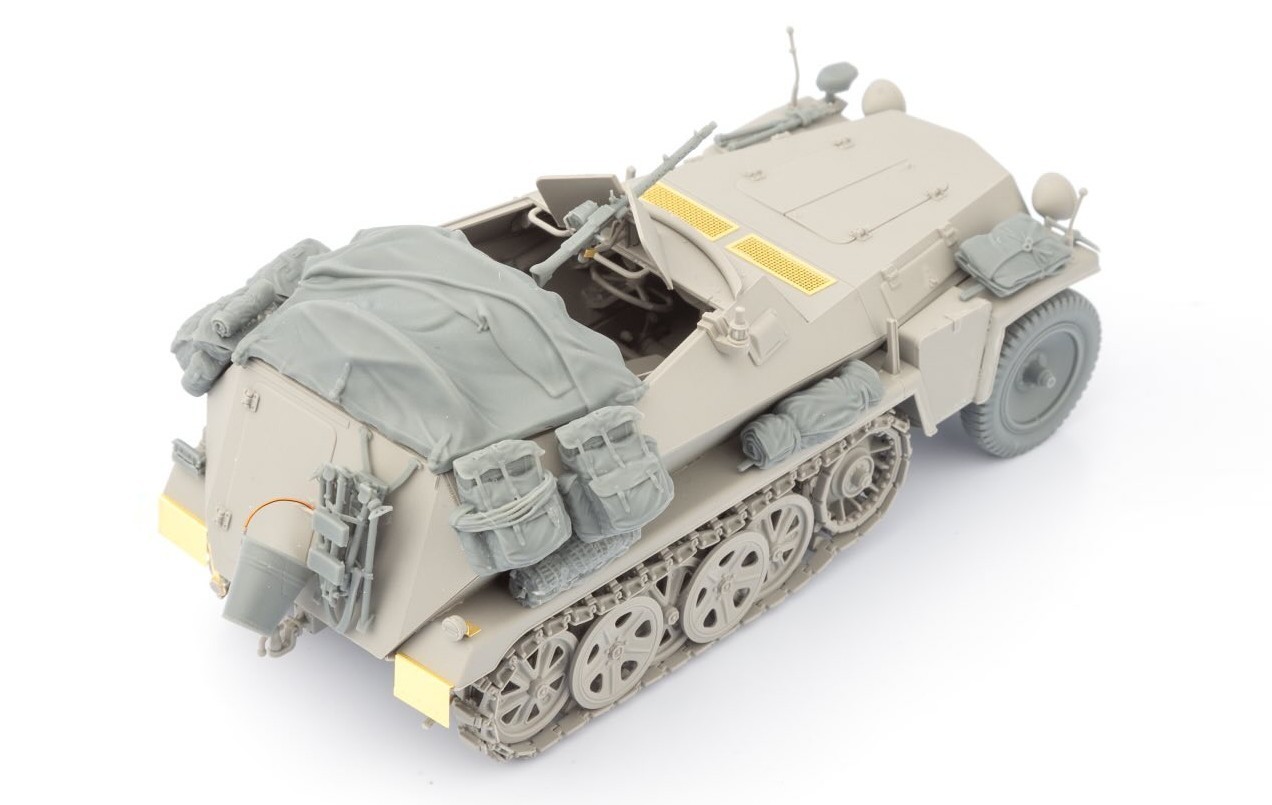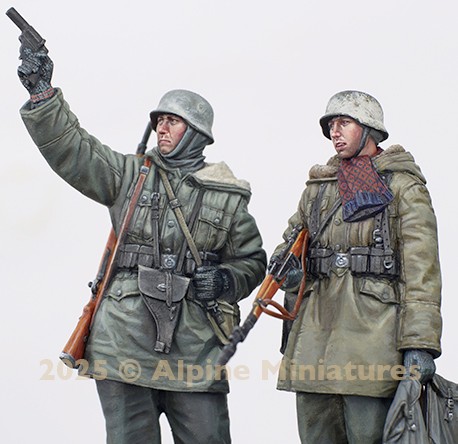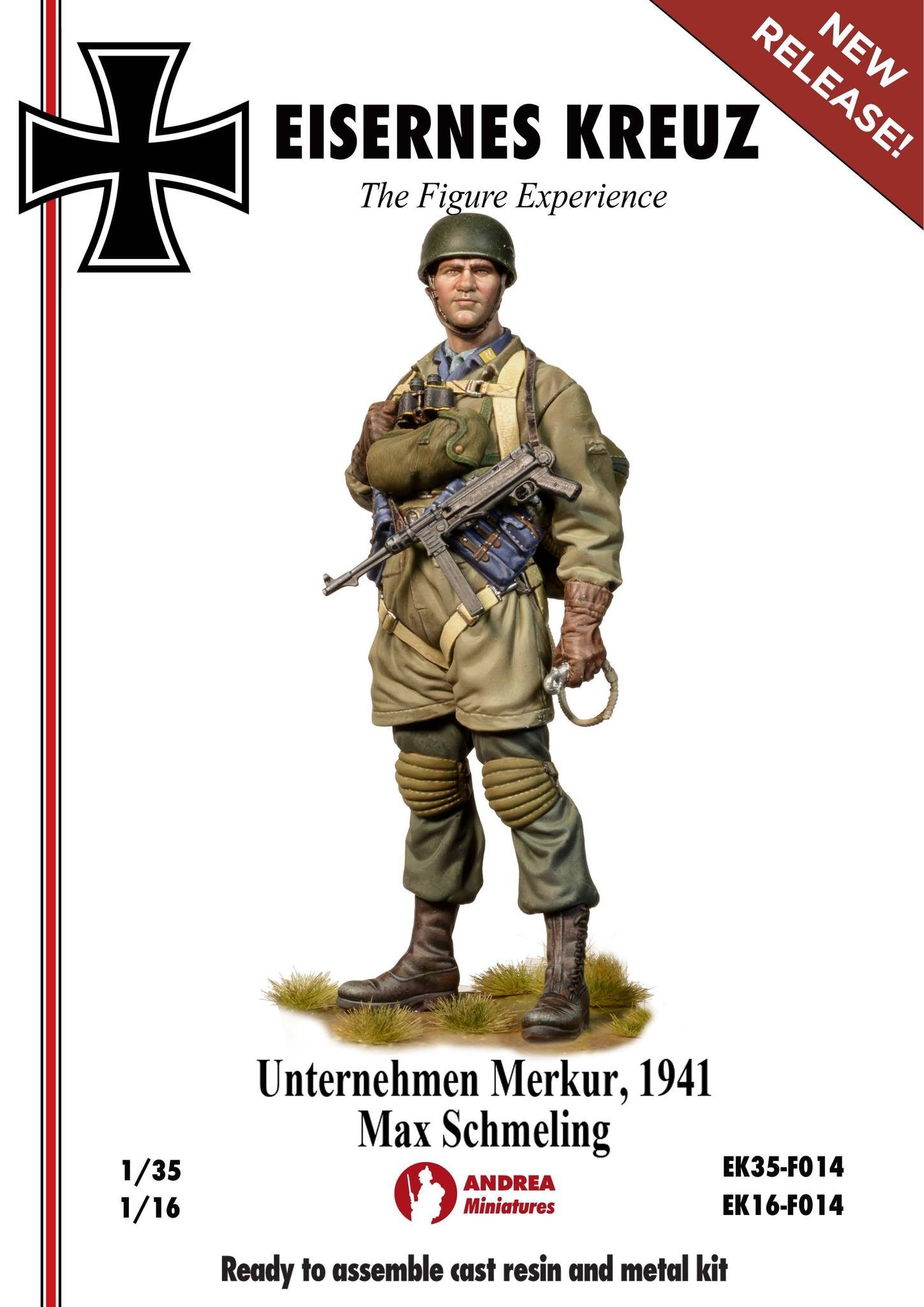
In this new book, Chema Cabrero shares his knowledge of decades of modelling, specially of Soviet and Russian vehicles. It is a thick volume of 242 pages in A4 format with softcover, and counts with the collaborations of Daniel Rivas (figures), Frances "Zack Sex" Keegan (photo gallery) and Pablo Patricio Albornoz (colour profiles).
The title "Red Steel" gives a clue about the content, dealing with Soviet-built tanks and more specifically modern ones. Despite the main subject of the books are tanks, all of them are shown on scenes with figures, ground and other elements.
Another important feature of the book is that only acrylic products from Vallejo are used. The author is Marketing Manager of the brand, whose paints and washes are acrylic water based, non-toxic and quick drying. The excellent models shown are reflection of his long experience with these products.
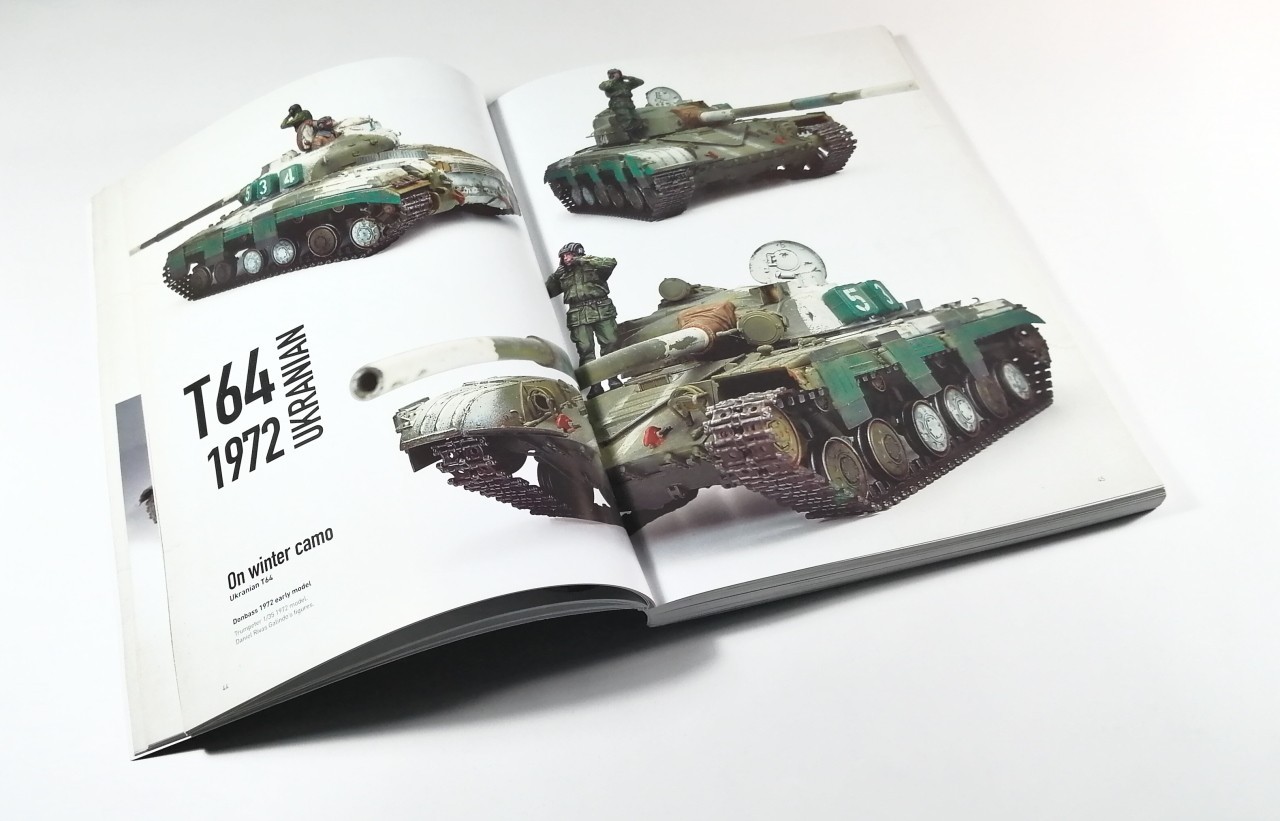
The book has four main parts: First, being the main one, is a detailed description of building, painting and weathering eight scenes with tanks. After this, colour profiles of several tanks, then a gallery of photos of real vehicles and finally a guide to the main Vallejo products. Having the techniques on a separated section allows that the rest of the parts focus on what to do and why, instead of repeating how it is done or scattering the information on several articles.
Additionally, almost all effects are achieved using exclusively paint, acrylic washes and pigments. In these times when the variety of modelling products is overwhelming, it is refreshing to see how much can be done with simpler methods.
Every article is supported by a lot of photos, most of them of mid size and some bigger, at half a page. Images are clear and help understanding the sequence of effects applied.

Sections in Detail
The main section of the book is right after the biographies and introduction on the first pages. It extends over 178 pages with the construction and paint of eight models with figures, bases and other elements. All of them are tanks manufactured during the Soviet era.
The models are:
- T-55 UN Service
- T-64 Ukranian 1972
- T-72B DDR 1985
- T-72A Ural Turret
- T-54 Egyptian 1973
- T-80BV Chechenya 1994
- T-72AV Syrian
- T-72B 1990 Ulan Ude
With an average of 22 pages per model, there is room for a lot of photos and information. Each chapter starts with large photos of the vehicle and a summary of materials (kit and aftermarkets) used. Next there is an historic introduction of the tank, and sometimes on the conflict where it is shown.
Then there is an introduction to the model itself and an important feature of the book: the Basic Guide -Techniques-.
This is a separated text box with a initial action plan for painting and weathering the model. It describes what he wants to represent and why, what aspect is desired for the tank once finished. Then there is an outline of actions to get it there, with the main steps and materials required.
It is a very useful concept, as effects are often added to a model without a clear view of the end and how it will contribute. This technique forces to think from the start, thus requiring a previous effort but then simplifies work, working according to a plan with a clear target in mind.

The next pages expand and take this scheme to the model through photos and their captions.
Building phase take some three pages of each model, some kits have been improved with a lot of aftermarket and superdetailing while others are almost out of the box. In any case, the book is mostly about painting, and building is covered briefly through the main aspects.
Most of each chapter is focused on painting and weathering the tank, with plenty of photos (both general views and details), together with extensive captions aside.
The painting stage goes from primer to the last effects, including painting camo, wear, rust, dirt, stains, dust, etc. all of them using only paint, acrylic washes and pigments and playing with different dilution ratios. It is covered in depth, being more extensive than the rest of the article parts.
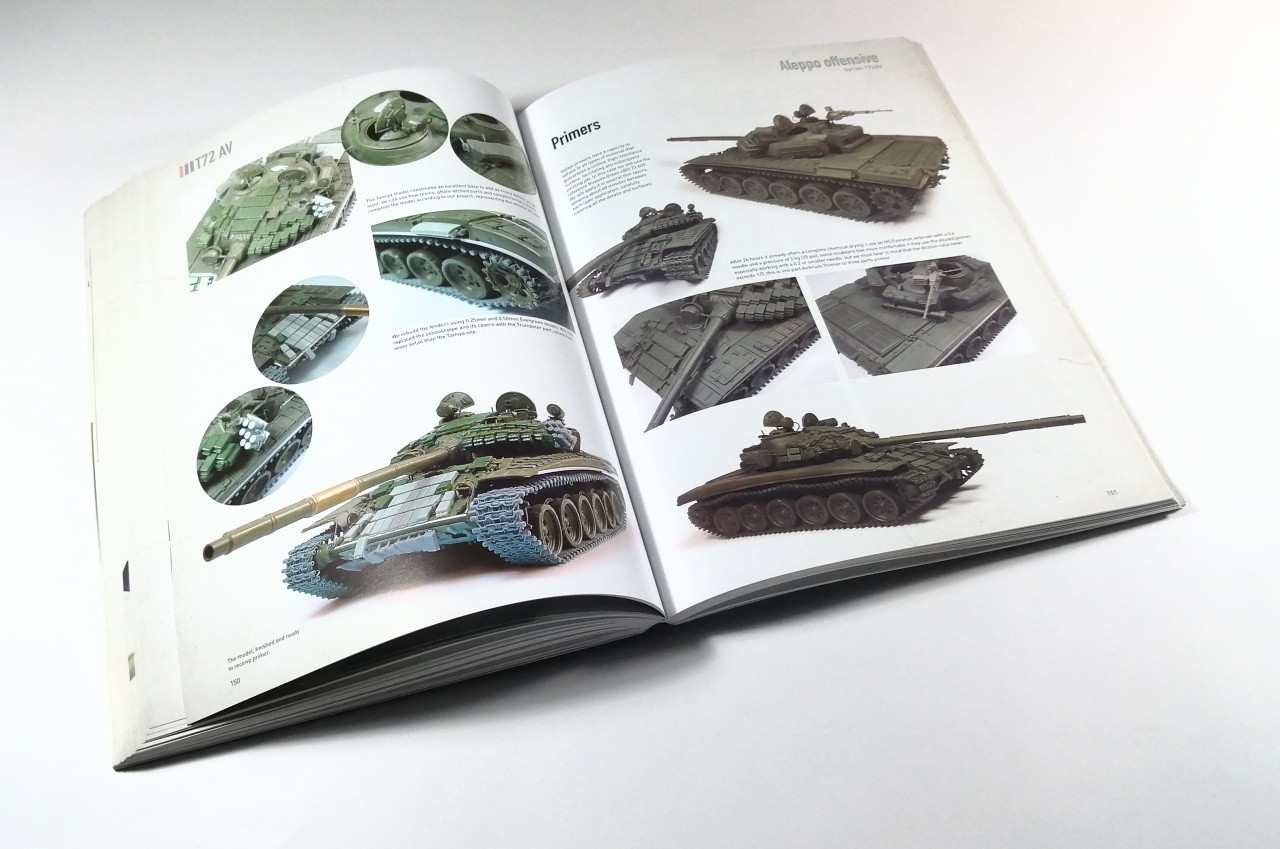
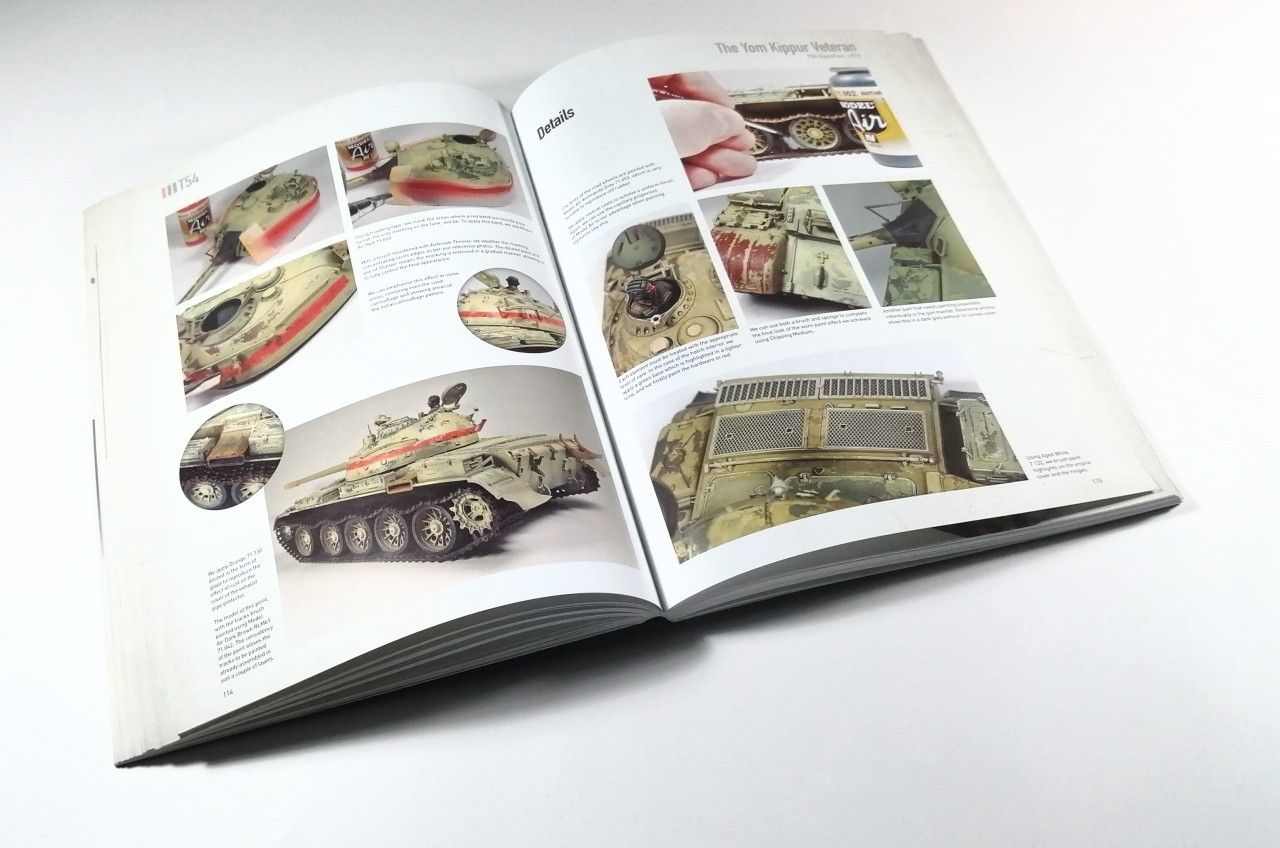
There is a good variety of finishes, some represent vehicles with little service, more or less dirty while others are heavily used and show a greater degree of wear and damage. Also regarding camouflage, there are plain vehicles, multicoloured and whitewashed, with dust, mud or snow.

The last two or three pages of each chapter are for the base, again with photos and captions of the main steps followed for its build and paint and how integrates with the tank.
The book is more about tanks than about scenes, so this part is quite abridged and leaves some work to the reader, who has to use the photos and indications as a base to recreate the effects.
In any case, it is nice to see the tank models on the environment they were thought for and how the effects are integrated.

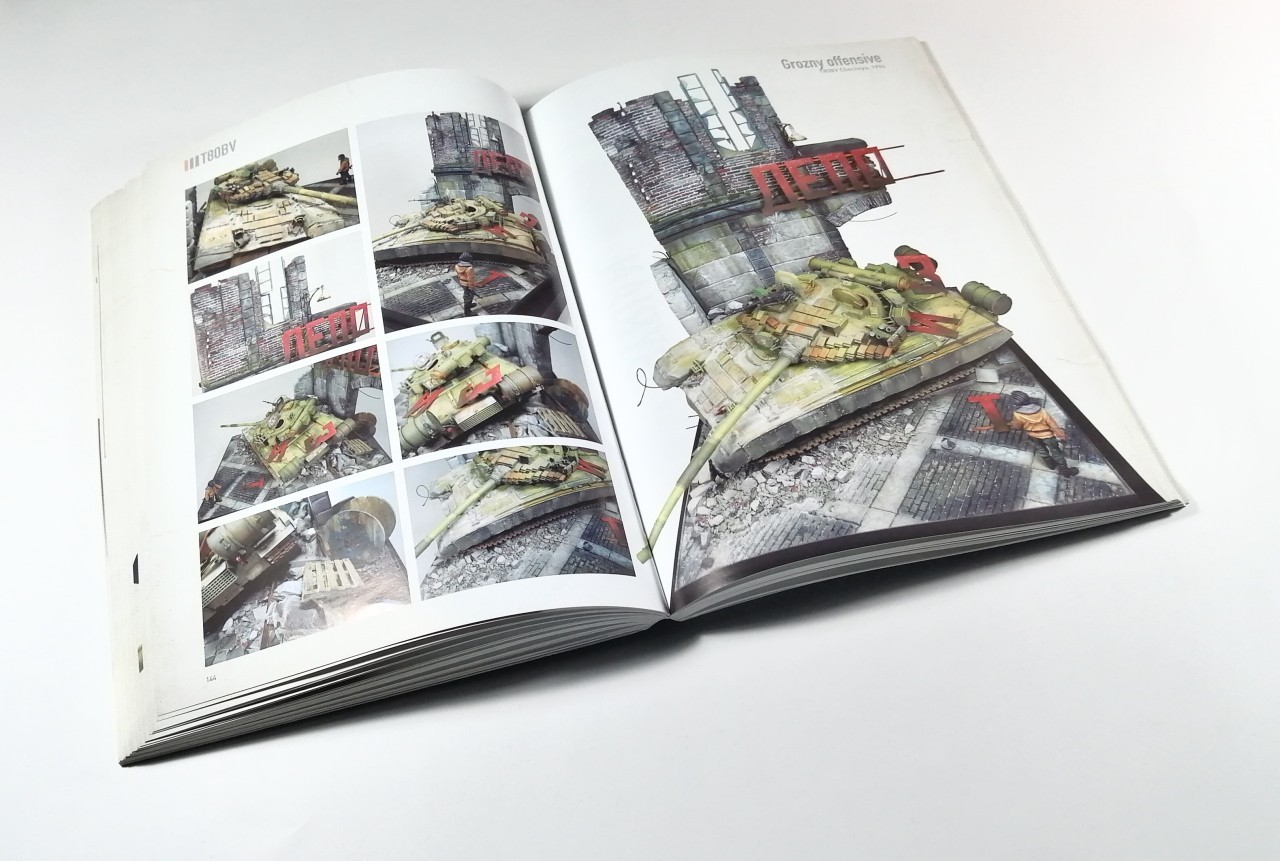
The next main section are the colour profiles, eleven pages with three profiles of tanks on each one. The subjects are the same of the rest of the book, modern Soviet built vehicles in service with different armies.
All are side views and the drawings are very good, with dirt effects or sometimes even accessories. They are chronologically shown, from the T-54 to the T-90, and there are examples of Syrian, Egyptian, Russian and more.
If someone ever thought all soviet tanks where plain 4BO, this section will prove him wrong.
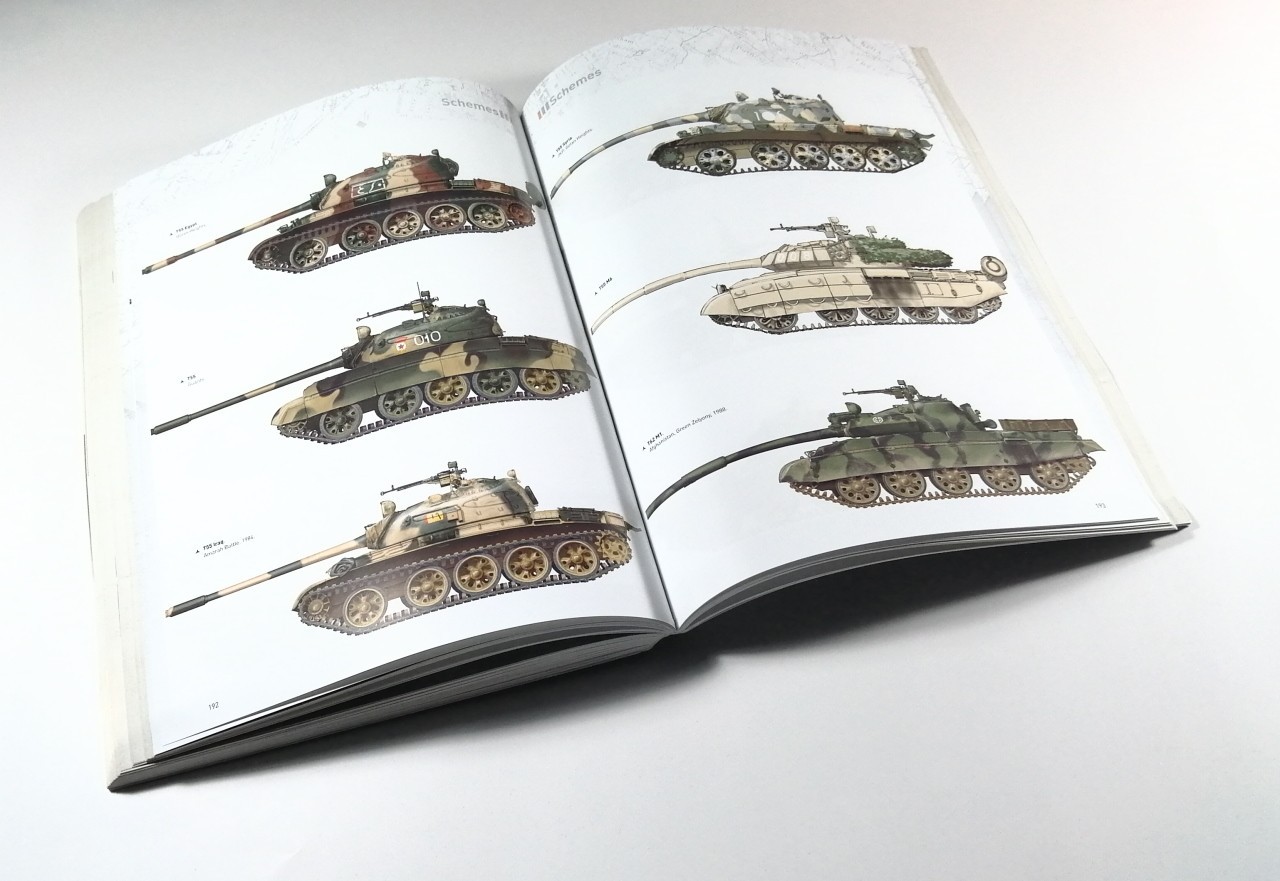
The gallery following is a section of nineteen pages with photos of tanks in museums. Some of them, despite being on exhibition, show a good amount of dirt and wear. These photos can be used as reference for details, colours, how dirt accumulates or where rust may appear.
Photos focus on details with only a couple of general views for each model, and there are T-72, T-54-55, T-64 and T-80.
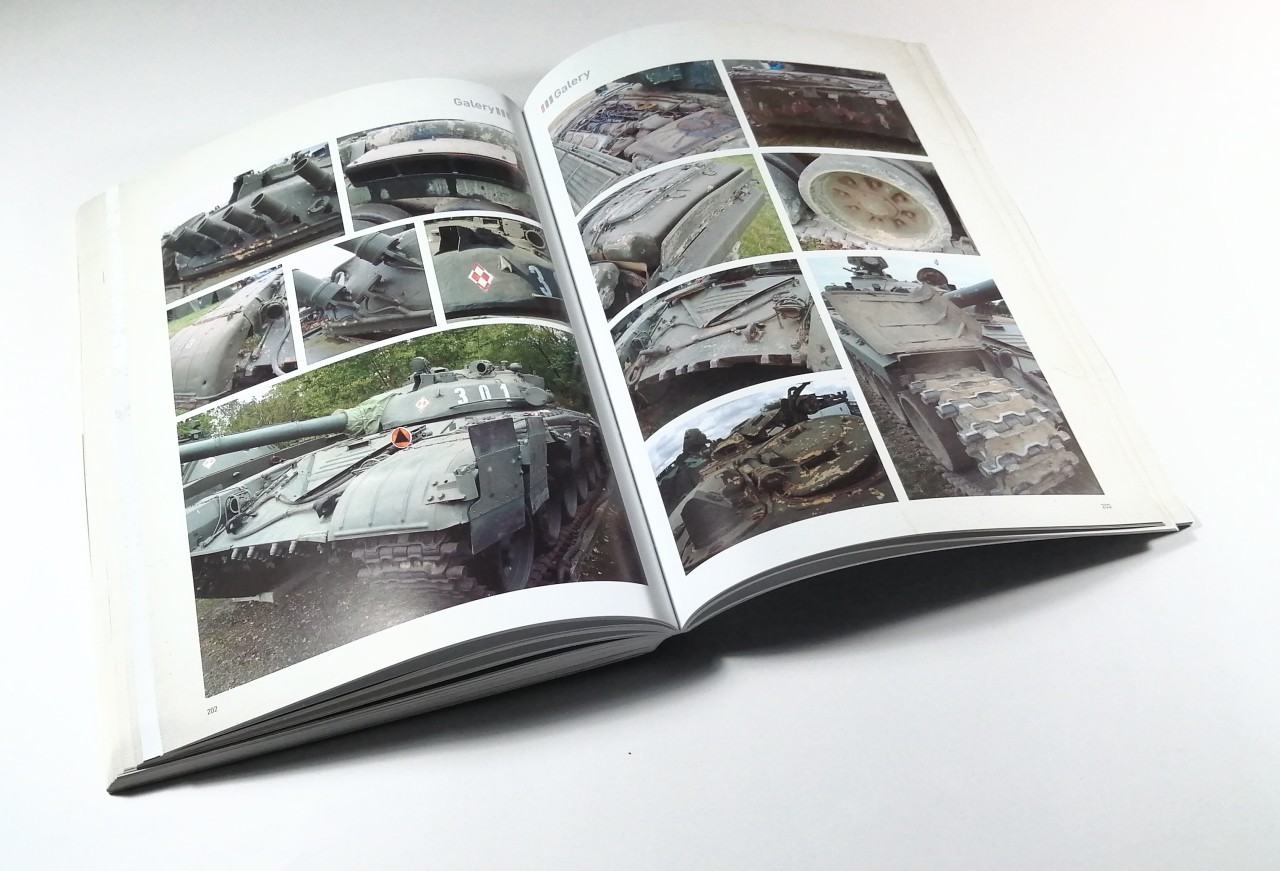
Last section is a helpful guide to the main Vallejo products that have been used throughout the book, which are the primers, Model Air acrylic paints, acrylic washes and pigments. There is also a guide on using the airbrush, including its cleaning.
Having all this information here on a separate section allows the articles being focused on selecting the effects and their reasons. It is easier also to have everything in one place to use it as reference.
It may be convenient to read this section first, as it helps understanding better all the processes mentioned before when painting the models.

Conclusion
This volume has a lot of knowledge and techniques, specially using Vallejo products. With it, Chema Cabrero aims to develop a more organised working method on his readers, planning in advance what to achieve and how to do it. The eight articles that form the main body of the book explain through text and photos how he works, why a particular effect is applied and how to do it. It is an excellent example of the high level of models that can be built using only a few product types. The last section, with advice on using acrylic products from Vallejo is a helpful reference to keep at hand.
In summary, a comprehensive guide of modelling, focused on tanks of a certain era, but that can be easily applied also to other times and armies.


















